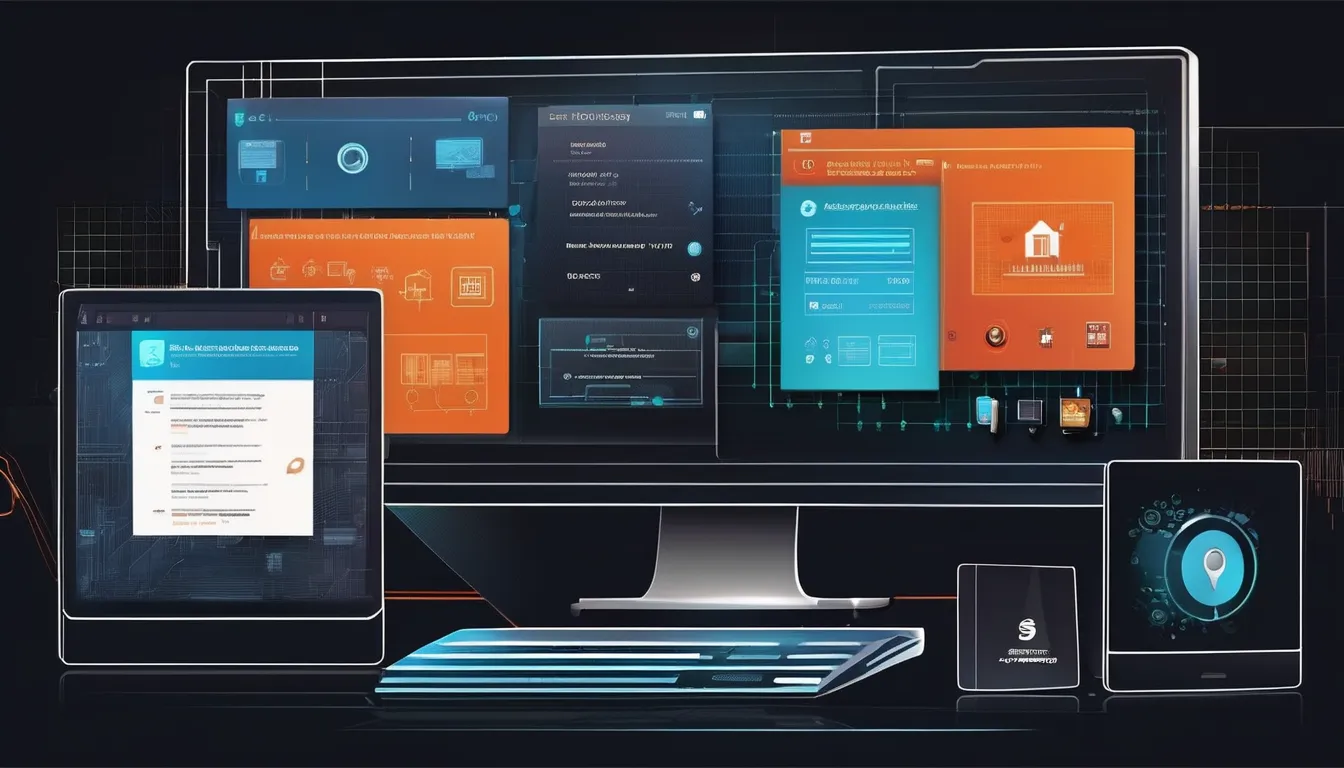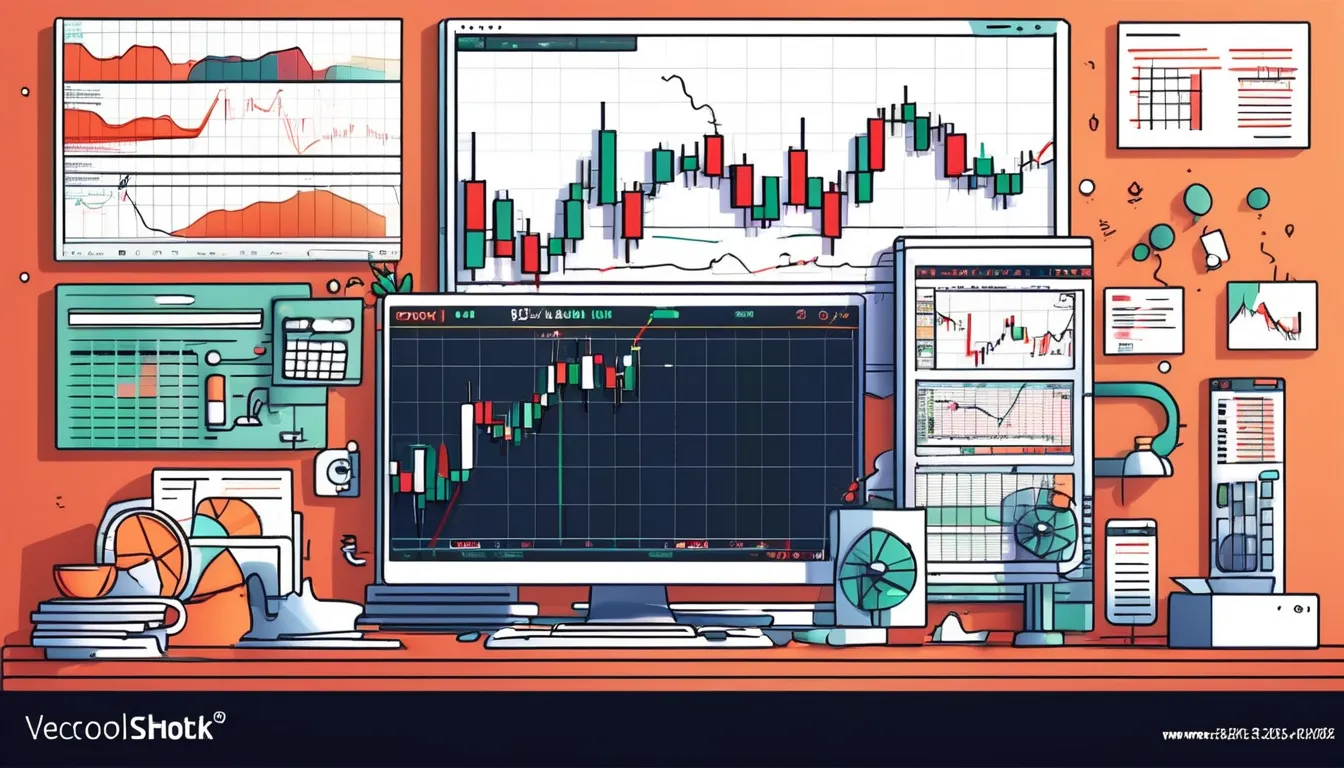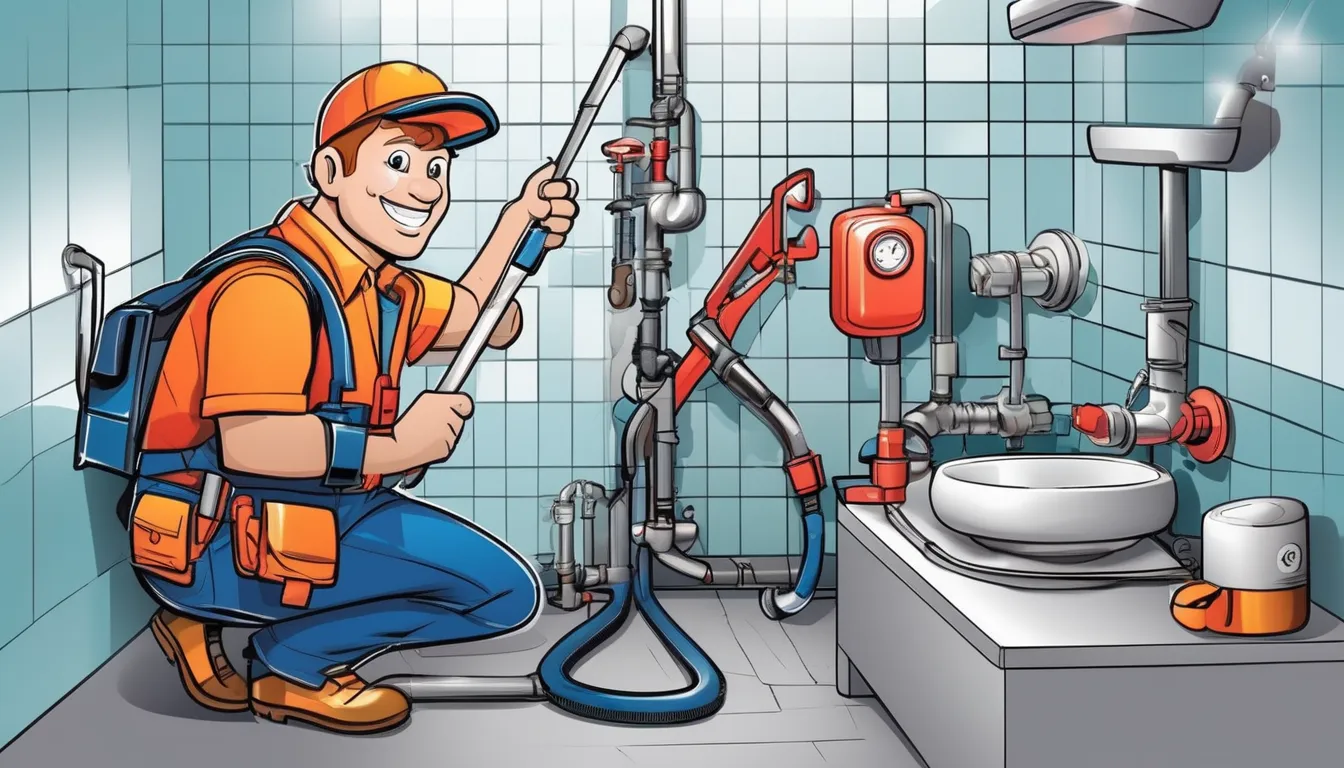As you navigate the tech industry, you’re likely aware that cracked software is a widespread issue. But have you ever stopped to consider the full extent of its impact? Cracked software costs developers billions of dollars in lost revenue each year, which can lead to decreased investment in research and development. But that’s just the tip of the iceberg. The use of cracked software also poses significant security risks to users, from malware threats to data breaches. As the industry continues to grapple with this problem, you can’t help but wonder: what’s the true cost of cracked software, and how can it be stopped?
Financial Losses and Revenue Impact
Every year, businesses and individuals lose millions of dollars to cracked software, with some estimates suggesting the global cost exceeds $50 billion annually. You might be wondering how this affects the tech industry.
The truth is, software developers and publishers are heavily impacted by financial losses due to cracked software. When you use cracked software, you’re essentially depriving the developers of revenue.
This can lead to a decrease in the quality of their products, as they may not have the necessary funds to invest in research and development.
The financial losses don’t end there. When software is cracked and distributed for free, it can also lead to a decrease in sales for legitimate copies.
This can be devastating for small software companies that rely on sales to stay afloat. In some cases, it can even lead to bankruptcy.
You should consider the financial impact of using cracked software on the tech industry. By choosing to use legitimate software, you’re supporting the developers and ensuring they can continue to create high-quality products.
Security Risks and Malware Threats
Millions of users unknowingly put their computers and sensitive data at risk by installing cracked software. When you install cracked software, you’re essentially opening the door to malicious actors who can exploit vulnerabilities in the code.
Cracked software often bypasses security checks and validation processes, allowing malware to slip in undetected. This can lead to a range of serious security risks, including data breaches, identity theft, and financial loss.
Moreover, cracked software can contain embedded malware, such as Trojans, viruses, and spyware, which can spread to other parts of your system. You may not even notice that your computer is infected until it’s too late.
Malware can also be used to create botnets, which can be used to launch distributed denial-of-service (DDoS) attacks or spread spam. By installing cracked filmora 13 crack , you’re not only putting your own computer at risk but also contributing to the broader cybersecurity threat landscape.
It’s essential to be aware of these risks and take steps to protect yourself by using legitimate software and keeping your system up to date.
Software Development and Innovation
You often install software without considering the immense effort and resources that go into developing it. Behind every application, there are teams of skilled developers, designers, and engineers working tirelessly to create a seamless user experience.
The cost of software development can be staggering, and companies invest heavily in research, testing, and maintenance to ensure their products meet high standards.
When you opt for cracked software, you’re essentially undermining the hard work and dedication of these individuals. Developers rely on revenue from legitimate sales to fund future projects and innovation. Without this support, companies may be forced to scale back their operations or abandon projects altogether.
This can stifle innovation and limit your access to new and improved software solutions. Furthermore, cracked software often lacks critical updates and security patches, making it more difficult for developers to maintain and improve their products.
Effects on Consumer Behavior Patterns
Pirating software can set off a chain reaction in consumer behavior patterns. When you use cracked software, you’re essentially getting something for free that would otherwise cost you money.
This can lead to a distorted perception of software value and your expectations of how much you should pay for it. As you get accustomed to using pirated software, you might become more likely to seek out free or low-cost alternatives for other software needs.
Here are some effects of cracked software on consumer behavior patterns:
- Decreased willingness to pay: You might become less inclined to pay for software, even if it’s reasonably priced, because you’ve grown accustomed to getting it for free.
- Increased risk tolerance: You might be more willing to take risks and try out untested or unverified software, which can put your computer and personal data at risk.
- Lack of loyalty: You mightn’t feel loyal to any particular software brand or developer, since you’re not invested in the product financially.
- Changing attitudes towards ownership: You might start to view software as something that’s freely available, rather than a product that you need to purchase and own.
Industry Efforts to Combat Piracy
As software piracy continues to pose a significant threat to the industry, companies are stepping up their efforts to combat it. You see many tech giants investing heavily in anti-piracy technologies, such as digital rights management (DRM) systems and encryption methods.
These solutions make it difficult for pirates to crack software, thereby reducing the number of pirated copies circulating online.
Another approach companies are taking is to offer flexible pricing models and subscription-based services. By providing affordable and accessible options, you’re more likely to encourage users to purchase legitimate software instead of resorting to piracy.
Some companies are also leveraging data analytics to monitor software usage patterns, identify potential piracy hotspots, and develop targeted anti-piracy strategies.
Additionally, industry leaders are collaborating with law enforcement agencies to crack down on piracy rings and prosecute individuals involved in software piracy.
You’re also seeing increased awareness campaigns to educate consumers about the risks and consequences of using cracked software.
Conclusion
You’ve seen the devastating effects of cracked software on the tech industry. It’s time to take action. By choosing legitimate software, you’re supporting innovation and ensuring high-quality products. The financial losses, security risks, and stifled innovation can be mitigated. Your decision to use authentic software can contribute to the industry’s growth and the development of better products. Make a difference and choose legitimate software – it’s a crucial step towards a more secure and innovative tech industry.




